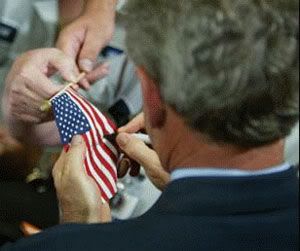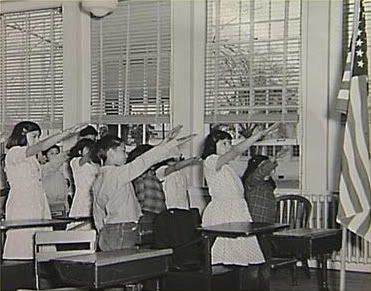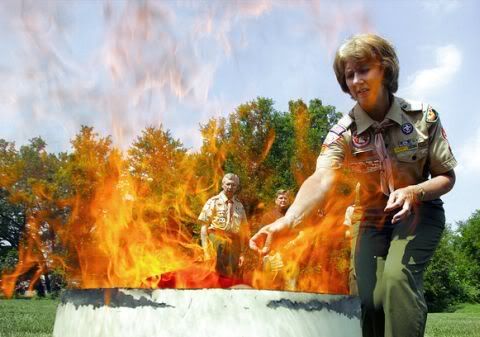Who now writes for the educated reader? Twenty years ago Russell Jacoby asked this question and warned of the dangers of the the missing generation of intellectuals who had influence in the public mind. The fact that in 1987 there seemed to be an absence of public intellectuals, compared to the previous century or so, inspired him to write The Last Intellectuals: American Culture in the Age of Academe. Jacoby noticed that by the late 1980s a new generation (the youth of the 60s) had not penetrated the public mind in the way that Vidal, Mailer, and others had in the late forties and early fifties, and he tried to find out why. Now, twenty years later, while Vidal and Mailer—perhaps the last of the breed—continue to be recycled and we are seeing an interesting trend and a new answer to the question posed 20 years ago by Jacoby.
But in 1987 the atmosphere was a bit different. Jacoby believed that the sixties, youth had been co-opted by academia, whose structural conditions had the effect of modifying the content of their output in such a way that it was of little interest to the general public: those who had once written for the educated public, were now writing for fellow academicians; by changing the target audience, the power of the new generation of intellectuals to affect the public mind was reduced.
I would argue also that its substance was now left to be filtered though the lens of the polemicists who had, by the early 1990s, replaced them in the public sphere—more about this in a moment.
As in the physics of a closed system, heat is drawn from the thing . . . the energy they devoted to the radical causes of the 1960s was transferred to the university system.
While he did not totally discount the contribution of journalists et. al., he believed that content, too, was modified by the institutional presence of "deadlines, space, [and] money" (Jacoby 13) seemed to alter any meaningful contributions they might produce. In references to Noam Chomsky's "Propaganda Model," one might also add the modifying effect of the advertisers in a private media setting. All of this served to change the public discourse and to make the environment less friendly to the public intellectual.
Twenty years later, the question is again asked, who now writes for the educated reader? Not surprisingly it is the person who communicates primarily through electronic means, who does not require his audience to read at all; he is a radio star, a television "talking head." It is this entity that has taken the place in public debates that was once the pervue of the public intellectual.






